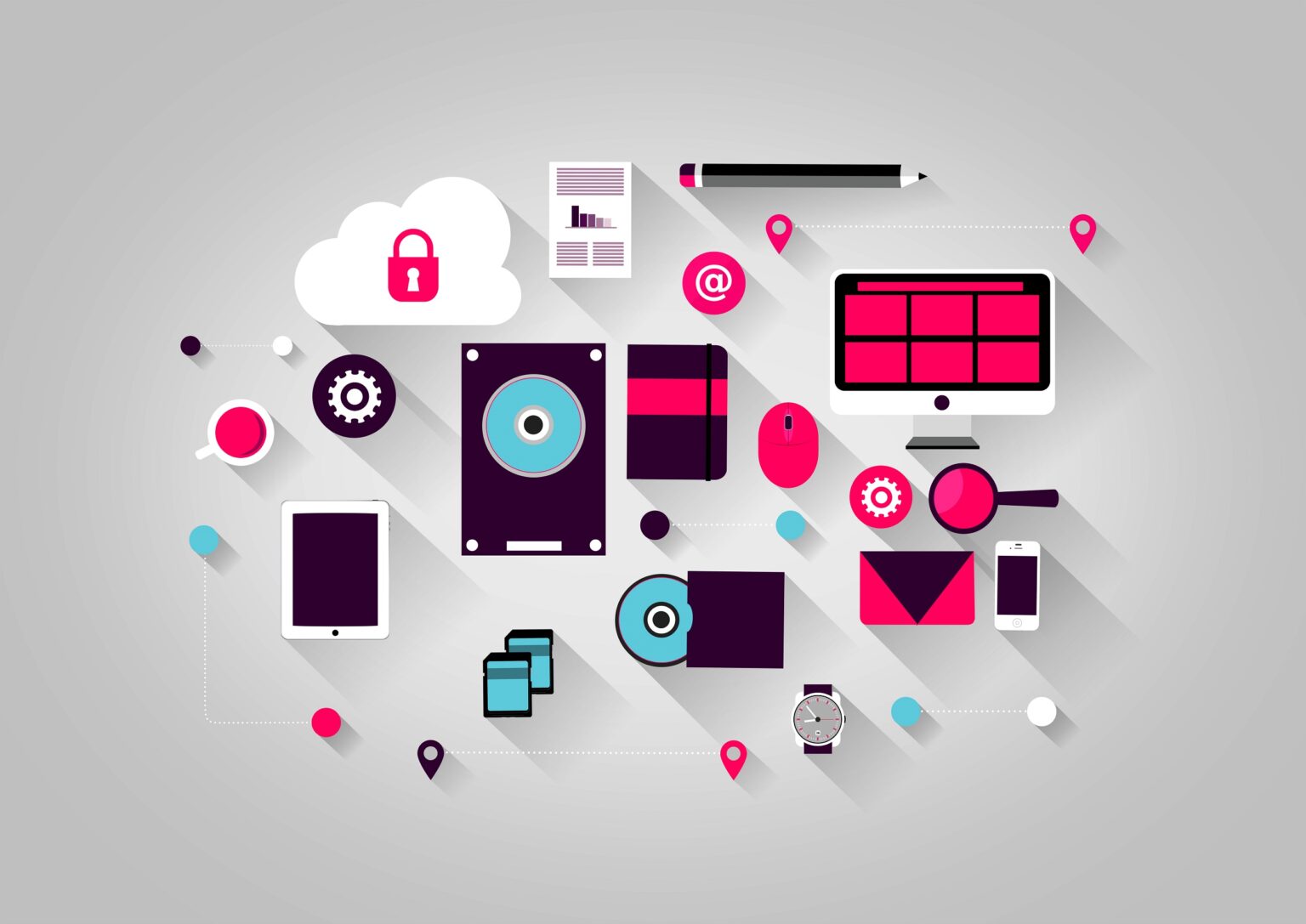News facts:
- Over half of business and IT leaders now expect return on investment for IoT projects within three years
- Enterprises deploying IoT for a wide range of benefits including new revenue generation (45 percent), improving security and health, and enhancing safety (47 percent each)
- Survey identifies room for improvement among IoT services and equipment suppliers, especially in better support and closer collaboration
Munich, October 10, 2018 – According to a new Fujitsu survey1 published today, Internet of Things (IoT) technology has reached early mainstream, with business and IT leaders expecting tangible results in three years or less – signaling that the days of simply experimenting with IoT projects are now consigned to the past..
Fujitsu commissioned IDG Connect to better understand how IoT technology is maturing in the enterprise, and to gauge industry expectations. The results confirm that the IoT has already matured far beyond being an emerging technology and underline that enterprises are increasingly impatient when it comes to IoT delivering a boost to their bottom line.
Almost three quarters of respondents (73 percent) confirmed that IoT deployments have advanced well beyond the testing and market education stages, with almost half of these delivering results. Underlining this increased focus on payback, the Fujitsu survey conducted by IDG Connect found that almost a third (31 percent) expect a return from investments in IoT projects within one to two years, and 56 percent expect profitability within three years.
Due to the complexity of the IoT, enterprises are turning to services and equipment providers to assist with deployments. However, the survey also indicates that suppliers are failing to deliver. Major concerns are the need for better support (24 percent), closer collaboration so that vendors understand their customer’s unique needs (23 percent), a call for lower pricing (20 percent), greater contractual flexibility (17 percent) and more readily available as-a-service options (15 percent).
Yves de Beauregard, Head of Digital Business Solutions at Fujitsu in EMEIA, comments: “IoT technologies are entering the early mainstream across a wide range of vertical industries, as our survey confirms. To drive the greatest value from IoT, Fujitsu is focused on deploying long-lasting, robust technologies that will ensure a maximum return for our customers. We are leveraging our deep technology experience and combining this with our customers’ business know-how. It’s clear from the survey results that enterprises are already enjoying solid return on investment from IoT projects. This should be a compelling incentive to dip a toe in the water for any organization that’s still skeptical about getting any business value from the IoT.”
Fujitsu’s survey also reveals that businesses are using IoT for a wide range of purposes, far beyond the delivery of process efficiencies. In fact, the joint-highest survey responses were for improving health and safety (47 percent), enhancing security (47 percent), in using newly-available data to create smarter strategies (47 percent), as well as improving maintenance (46 percent).
In addition, 45 percent of businesses are already using IoT to generate new revenue-making opportunities, and a quarter of respondents consider the biggest opportunity to be the ability to charge premium prices for valuable additions to products, data or services. Furthermore, just over a fifth (22 percent) of respondents cited the ability to cost-effectively create better and more differentiated services to attract new customers.



